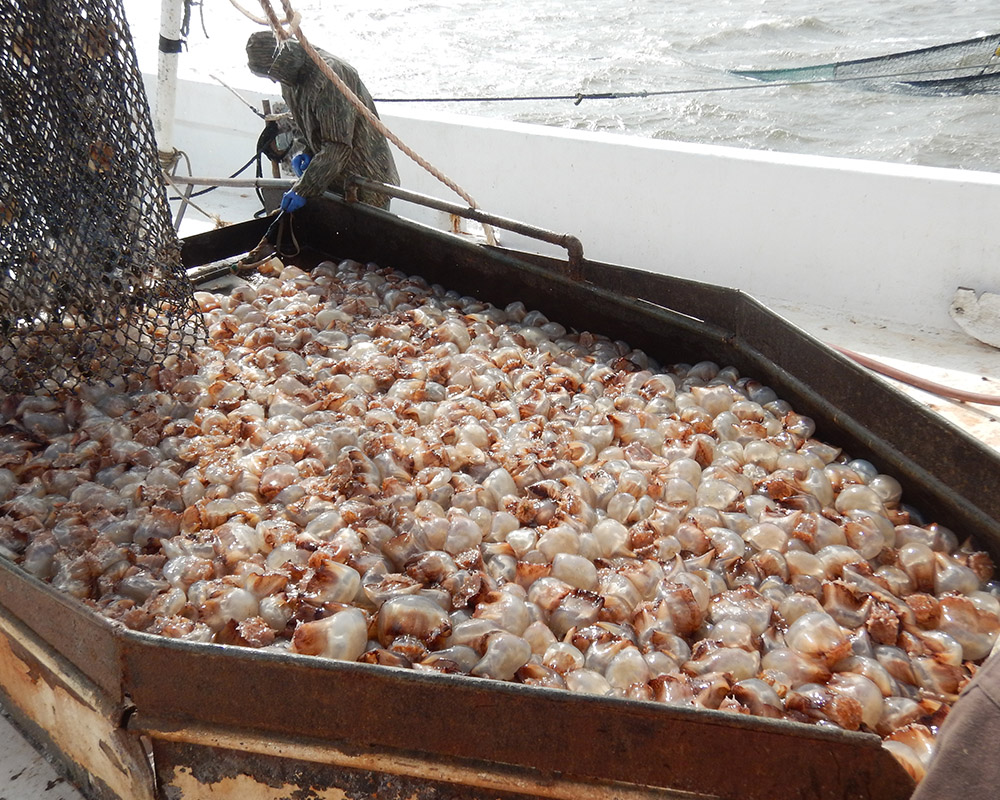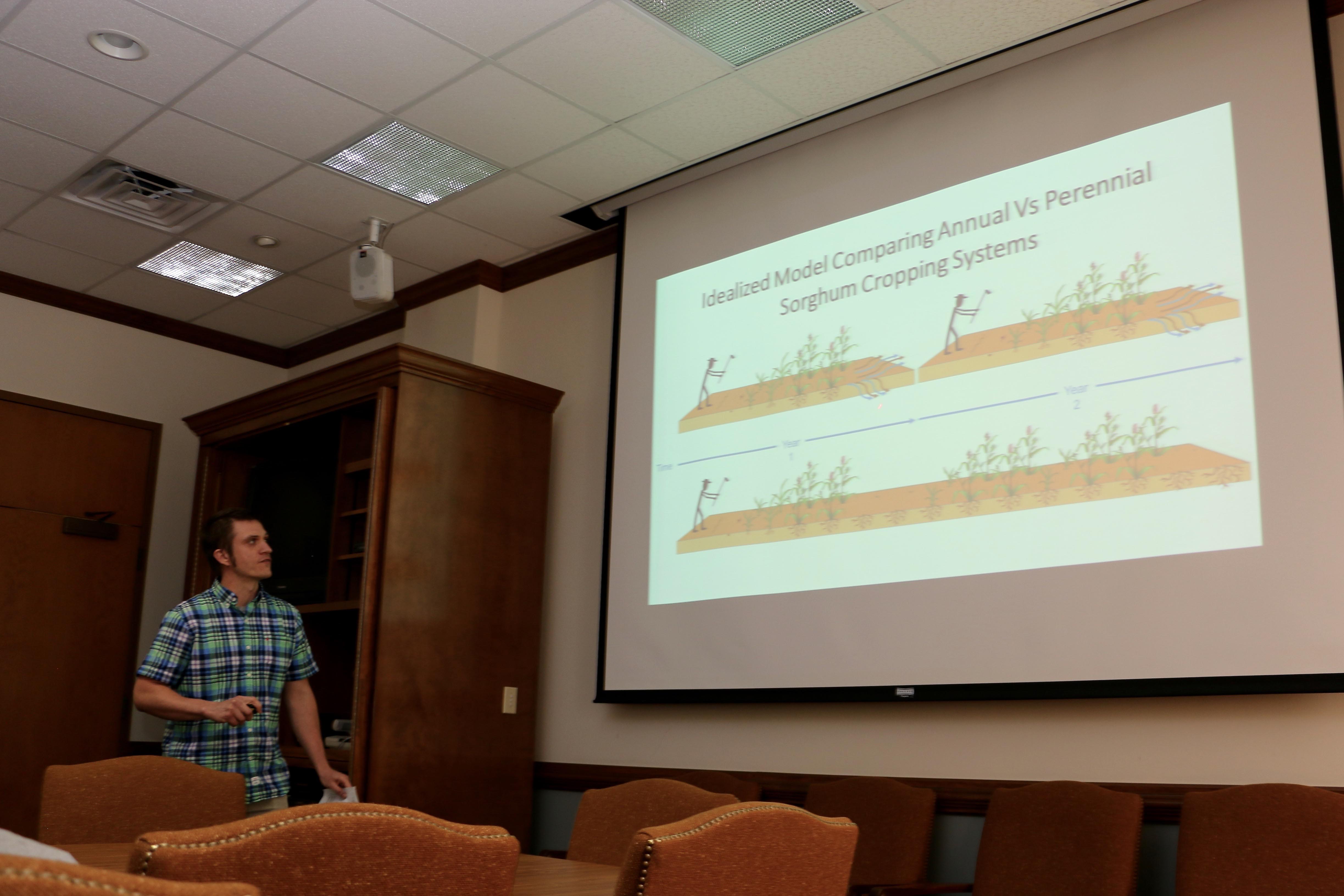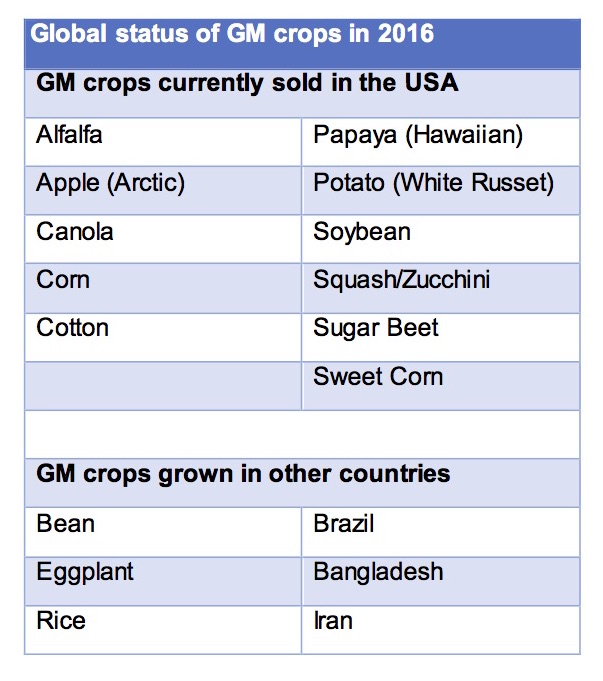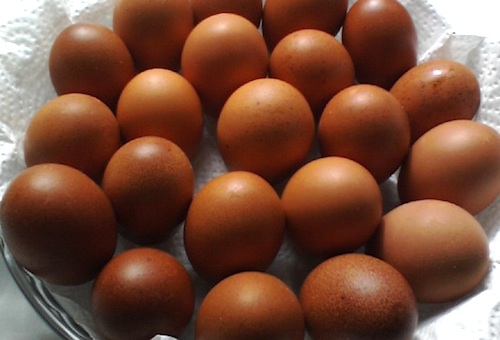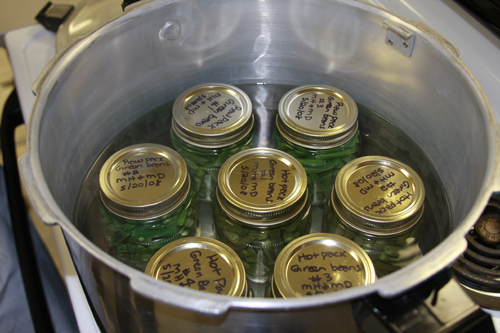If one of your New Year’s resolutions is to eat only American-grown food, mark apple juice, cauliflower, garlic and limes off your grocery list. A University of Georgia food scientist says the majority of these foods are imported from other countries.
“In 2006, about 15 percent of the food consumed in the U.S. was imported,” said Faith Critzer, a researcher with the UGA Center for Food Safety in Griffin, Ga. “And almost 44 percent of the fruit and 16 percent of the vegetable supply were imported to the U.S. in 2005.”
A variety are imported
Most apple juice, frozen cauliflower, garlic and limes consumed in the U.S. are imported, Critzer said. The apple juice and garlic come from China. The cauliflower and limes are courtesy of Mexico.
In 2008, 80 percent of fresh artichokes, 79.9 percent of fresh asparagus and 52.9 percent of fresh cucumbers in U.S. stores were imported.
Population growth and consumer demand for fresh produce year-round are driving forces the increase in imports, Critzer said.
Nuts and seafood, too
Almost half of all shelled nuts consumed by Americans are imported, according to a 2005 report by the U.S. Department of Agriculture. The major countries exporting nuts to the U.S. are Vietnam, India, Mexico, Brazil and China.
And 80 percent of the seafood consumed in the U.S. is imported.
Critzer says the safety of these imported foods will be a growing concern in the future. The problem isn’t where the food comes from, but how it’s grown or processed before it reaches American soil and, ultimately, American dinner tables.
According to a 2009 Food Marketing Institute report, three-quarters of American shoppers surveyed are either “somewhat comfortable” or “not too comfortable” with foods grown outside the U.S.
Supply chains stretch overseas
The influx of imported food didn’t happen over night, said Jim Daniels, an agricultural economist with the UGA Center for Agribusiness and Economic Development.
“Over the 1900s, America’s food systems underwent dramatic changes and evolved into the very highly specialized and complex businesses that exist today,” Daniels said.
These changes have resulted in longer supply chains that often stretch past the borders of the U.S., Daniels said.
For example, a double-patty hamburger with cheese and sauce sold by a well-known national fast food chain has over 150 ingredients. Half of those ingredients could originate from outside the U.S., he said.
“Our food now comes from all corners of the globe, passes through many more hands and reaches our tables in many more forms than ever before,” Daniel said. “Likewise, the products that we grow and manufacture in Georgia are distributed all over the country and world and may end up as ingredients in literally tens of thousands of other products.”
Improved detection methods needed
What can concerned Americans do?
Michael Doyle, head of the UGA Center for Food Safety, says the solution lies in the hands of food producers, processors and regulatory agencies like the U.S. Food and Drug Administration.
"Solutions to today's food safety issues will not come easy," Doyle said. "They will require a major research commitment to developing state-of-the-art science methods to detect, control and eliminate harmful substances in foods.
"The food industry, whether it be growers, manufacturers or distributors, is responsible for providing safe foods," he said. "And regulatory agencies need more rapid and robust sampling and detection methods to verify that foods, especially those that are imported, are safe from harmful microbes and chemicals."
For now, UGA experts encourage consumers to wash produce thoroughly, cook meats to appropriate temperatures and keep kitchen utensils and countertops clean. For more tips on keeping your family safe from foodborne illness, see the Web site www.fcs.uga.edu/fdn/. Or, call your local UGA Cooperative Extension office at 1-800-ASK-UGA1.


